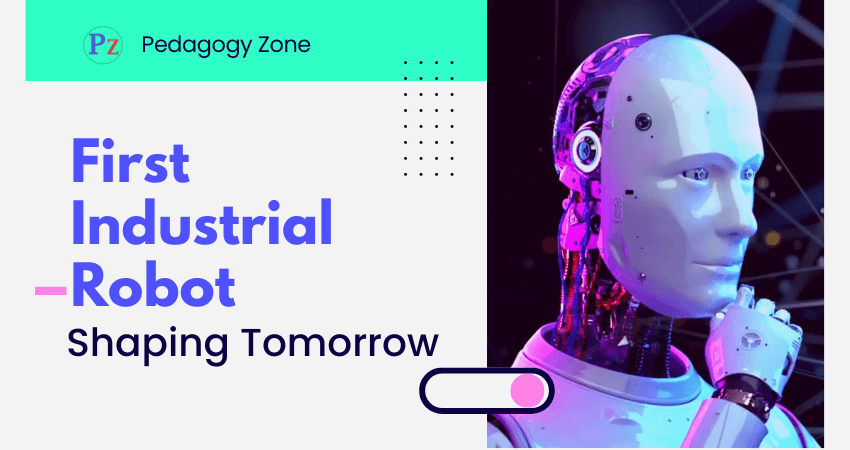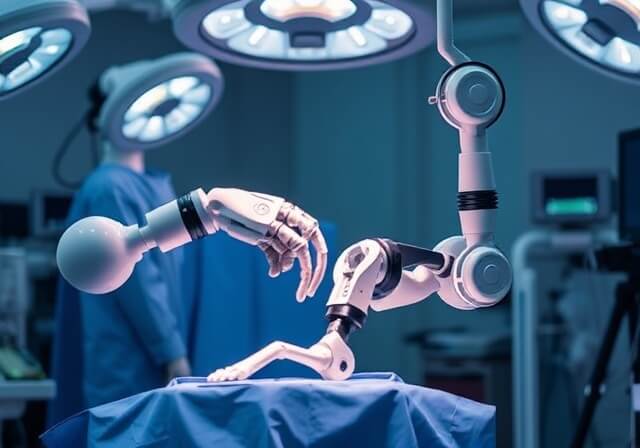The First Industrial Robot: A Step Into the Future of Manufacturing
The evolution of manufacturing owes much to a pivotal moment in history: the invention of the first industrial robot. This event marked the dawn of automation in industries, laying the foundation for today’s high-tech manufacturing processes.
In 1961, the world saw the introduction of Unimate, the first-ever industrial robot. Designed by George Devol and Joseph Engelberger, Unimate was a remarkable machine that revolutionized how factories operated. It was initially installed at the General Motors plant in Trenton, New Jersey, to work on the assembly line.
The Birth of Unimate
George Devol, an inventor with a passion for innovation, conceptualized Unimate as a robotic arm that could perform repetitive tasks with precision and without the fatigue or errors of human labor. Devol’s idea, however, didn’t gain immediate traction. It was when Joseph Engelberger, often referred to as the “father of robotics,” saw the potential in Devol’s invention that things started moving forward. Together, they formed Unimation, a company dedicated to developing and manufacturing industrial robots.
Unimate’s Role in Manufacturing
Unimate was a simple but powerful robot. It operated using hydraulic actuators and was controlled by magnetic drum memory—primitive by today’s standards, but revolutionary at the time. Its primary task was to handle the hot and dangerous job of lifting heavy die-cast parts from the assembly line and welding them onto car bodies. This eliminated the need for human workers to perform hazardous tasks, greatly improving safety and efficiency in the factory.
Impact on Industry
The introduction of Unimate marked the beginning of a transformation in industrial manufacturing. It reduced production times, minimized errors, and paved the way for the development of more advanced robotic systems. Factories were no longer bound by the limitations of human labor; machines could work around the clock, performing tasks with unparalleled consistency.
Unimate’s success led to the widespread adoption of industrial robots across various sectors, from automotive to electronics manufacturing. By automating repetitive tasks, robots like Unimate allowed workers to focus on more complex, creative, and strategic roles, driving further innovation.
Legacy and Evolution of First Industrial Robot
Today’s industrial robots are a far cry from the early Unimate models. Modern robots are equipped with advanced sensors, artificial intelligence, and machine learning capabilities, allowing them to perform intricate tasks with even greater precision. However, the core principle remains the same: robots enhance productivity and safety in industrial settings.
The story of Unimate is not just about a machine—it’s about a paradigm shift in how we think about labor and productivity. The robot’s introduction was a key milestone in the Fourth Industrial Revolution, and its impact continues to shape the future of manufacturing.
In a world where automation and robotics are becoming increasingly integral to industries, the story of Unimate reminds us of the early days when one robot changed everything.
| Read More Topics |
| What an RPA developer does |
| General considerations in robot material handling |
| Goals of artificial intelligence AI research |






